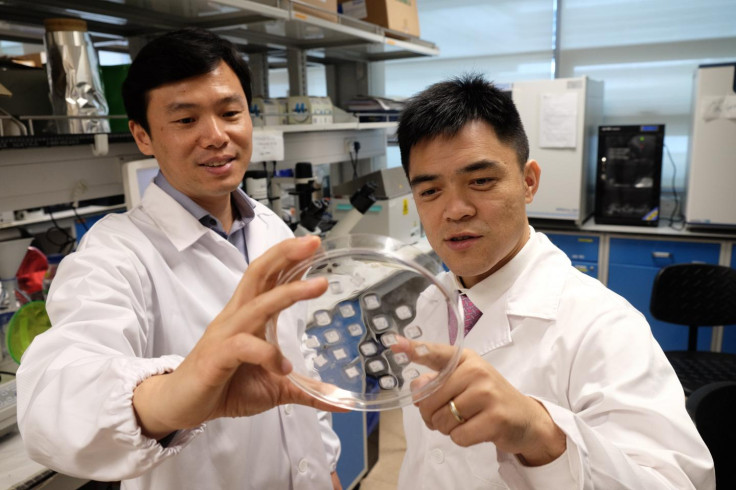Want to reduce weight? Novel skin patch could cut belly fat by a third in just four weeks
The innovative patch carries hundreds of microneedles and can be made for just $3.50.

A group of researchers in Singapore have developed a novel skin patch – one that could cut bulging belly fat and get you in shape in a matter of weeks.
The new patch, developed by researchers from Nanyang Technological University, looks more like a tiny sticker, but scientifically there is a lot going on in there. It carries hundreds of micro-needles, which are as thin as a strand of hair and carry appropriate weight loss drugs to the body.
With time, the needles degrade and the medicine starts working – breaking down energy-storing white fats underneath the skin and turning them into energy-burning brown fats.
Though the novel patches are still being developed, the delivery method has already started showing signs of promise.
During trials, mice on a high-fat diet were treated with these patches and within four weeks, they lost more than 30% of weight and mass. The subjects even witnessed lower blood cholesterol and fatty acids levels.
"With the embedded microneedles in the skin of the mice, the surrounding fats started browning in five days, which helped to increase the energy expenditure of the mice, leading to a reduction in body fat gain," said study co-author Xu Chenjie.

The group believes further work on these patches could lead to a novel and cost-effective delivery approach to reduce body fats and tackle obesity, which affects around 650 million people worldwide, according to World Health Organization estimates for 2016.
"The amount of drugs we used in the patch is much less than those used in oral medication or an injected dose. This lowers the drug ingredient costs while our slow-release design minimises its side effects." The ability to apply the patch directly wherever required also contributes to the reduction of side effects.
A single prototype patch, with the drug included, costs about $3.50 (£2.60) and should lead to an easy-to-use and affordable weight-loss solution for humans. However, we won't see the patches in action unless clinical trials are completed with promising results.
The research was published in the journal Small Methods.





